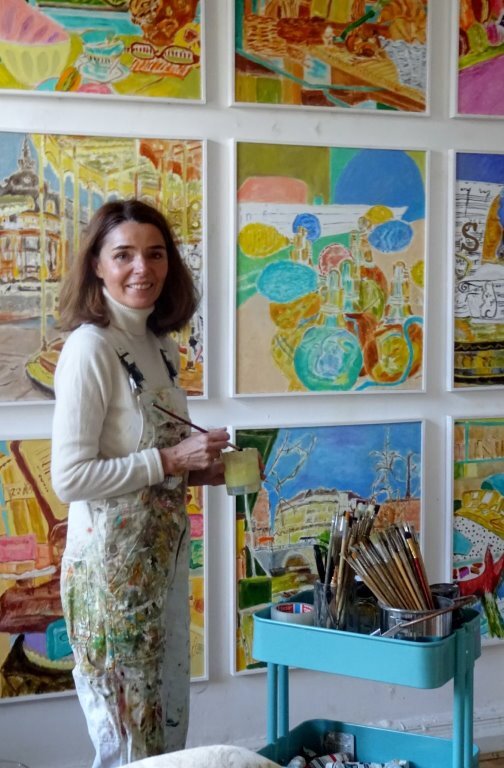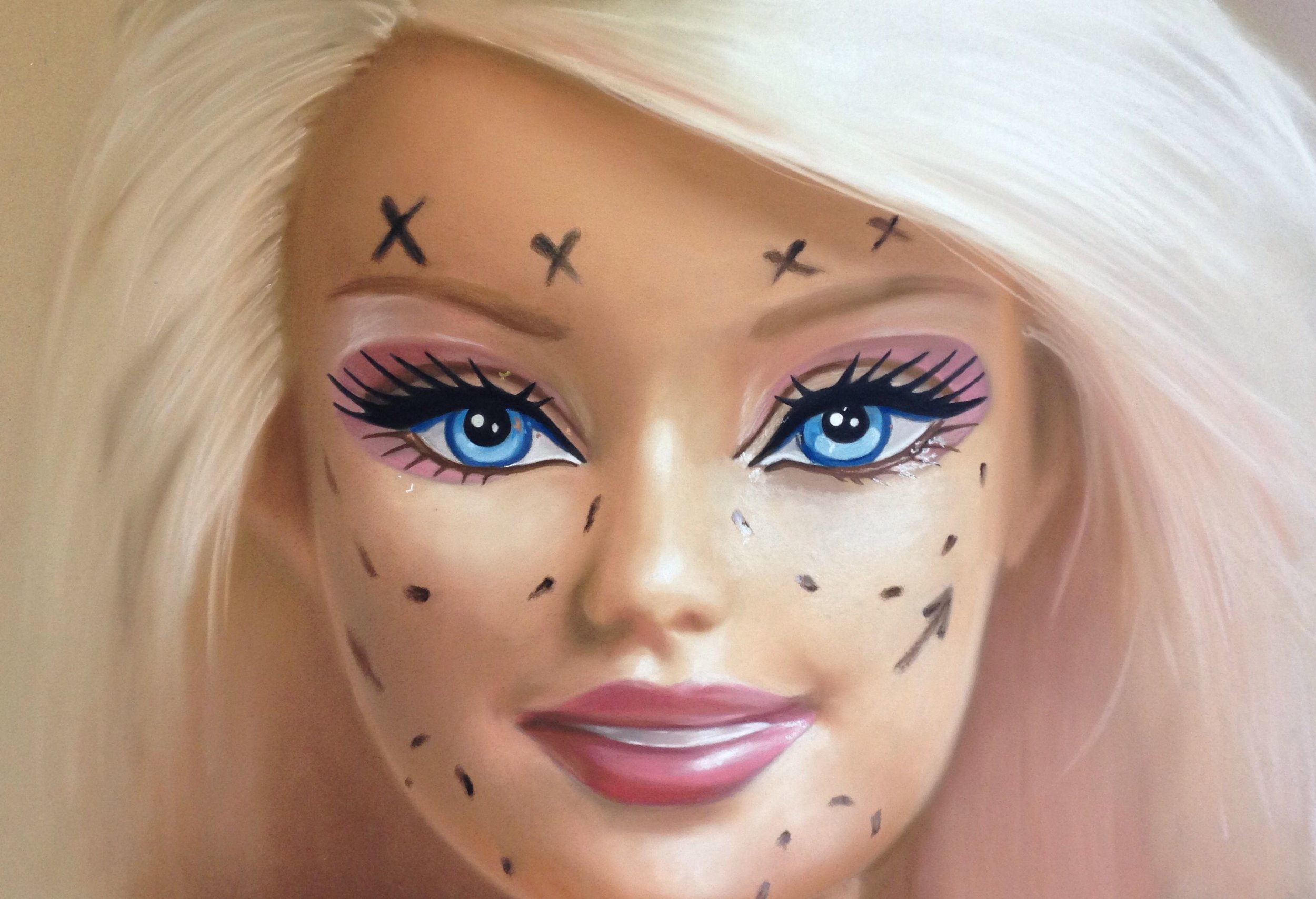1. Why did you decide to apply to the Young Masters Art Prize?
We met Cynthia in Basel where we were exhibiting our Dream Home during the Basel art fairs. From there, a wonderful relationship followed. Cynthia invited us to be part of the inaugural Young Masters curation shortly after we met in Basel and our Dream Home went straight from Switzerland to London. This was all very exciting for us. Those fairs in Basel was one of the first times we had shown our work anywhere, as we has only been working together about 2 years.
2. How did you choose the work you submitted, and what was is about?
the piece we did show, was titled Dream Home. It is a dining room we made with $70,000 worth of losing discarded scratch off lottery tickets. It was made while we lived in Basel Switzerland for six months in 2009. It was part of a trilogy where we made the three things people dream about when playing the lottery, and top 3 things people buy if they win; The Dream Home, The Dream Car, and The Dream Vacation. For the Dream Home, we made it in the style of a European period room. Inside the room where two "paintings" that we also made with discarded lottery tickets. They were copies of two things that were tied to the UK lottery through the National Heritage Fund. The fund was a highly contested issue at the time since so much of the funding was going to the arts, rather than things like education and housing. So we copied a Hans Holbein the Younger painting that was purchased using money from the Heritage Fund, as well as copying a painting from a church in Ealing, which was restored using those same lottery funds.
3. What did you get from the experience of participating in the Prize and how did your career change afterwards?
Following the prize, Cynthia has taken us to many fairs, which have led to many other opportunities, including being part of Bologna's Art First, as well as placing our work in many prominent art collections.
4. What would you say to artists who have applied to this year’s Prize?
Cynthia is a whirlwind of energy that is lovely to work with. We wish everyone best of luck!















